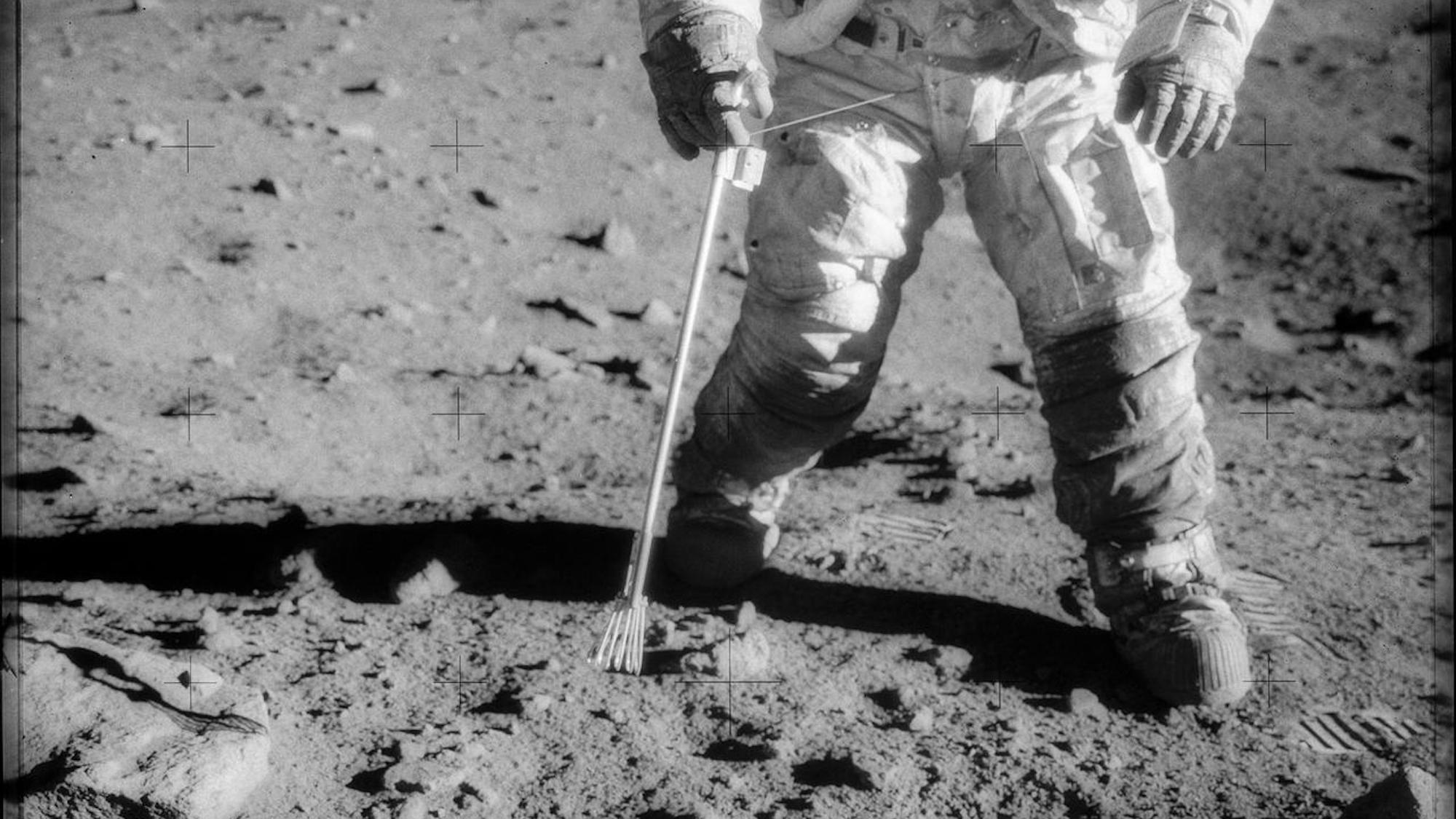

Moon dust is the absolute worst. Not only does electrostatics cause it to cling to virtually everything, but it also has the consistency and feel of finely ground fiberglass. It was a genuine problem for the six Apollo crews who visited the moon’s surface—the silica particles covered their suits, worked their way into engines and electronics, and even ruined a few of their extremely expensive spacesuits. What’s more, many suffered from “lunar hay fever” upon return, leading many to worry that future astronauts on prolonged moon visits could develop symptoms similar to Black Lung Disease, along other issues including “DNA degradation.”
These are all serious issues to consider ahead of NASA’s planned return to the moon’s surface in 2025, but a team of college undergraduates at Washington State University just developed an ingenious solution to pesky moon dust dilemmas—blasting the residue with liquid nitrogen.
[Related: NASA’s Artemis I mission returns successfully.]
According to their findings recently published in the journal Acta Astronautica, the team developed a new spray that takes advantage of the Leidenfrost effect. Named after the its discoverer—the 18th-century German theologian and doctor, Johann Gottlob Leidenfrost—the process occurs when a liquid comes into close contact with a significantly hotter surface, causing it to quickly form a protective layer of vapor that briefly keeps it from evaporating, such as when water forms into droplets and runs across a very hot frying pan.

The same principle works similarly in space. In this case, a liquid nitrogen spray (typically around -320F) comes into contact with a surface’s relatively warmer lunar dust coating, causing the particles to bead and float away on the nitrogen vapors.
To test their concoction, the research team first dressed a Barbie doll wrapped with a material used to make space suits. They then hosed it down with liquid nitrogen in a normal atmospheric condition as well as a vacuum chamber similar to conditions in outer space. Not only did the liquid nitrogen spray perform better in the latter scenario, but it also resulted in minimal damage to the spacesuit material. In past lunar missions, astronauts’ specialized brush for the moon dust task often caused damage after a single use. In comparison, the liquid nitrogen spray took 75 uses before similar issues occurred.
[Related: March skies will bring a lunar illusion and a planetary reunion.]
Going forward, the team hopes to further research the intricacies that make their cleaning process so effective, as well as secure funding to construct testing chambers more closely resembling the lunar surface’s gravity. With any luck, maybe a can of their Moon-be-Gone will be aboard a future Artemis mission, ready to help astronauts avoid one of the lunar surface’s less awe-inspiring traits.